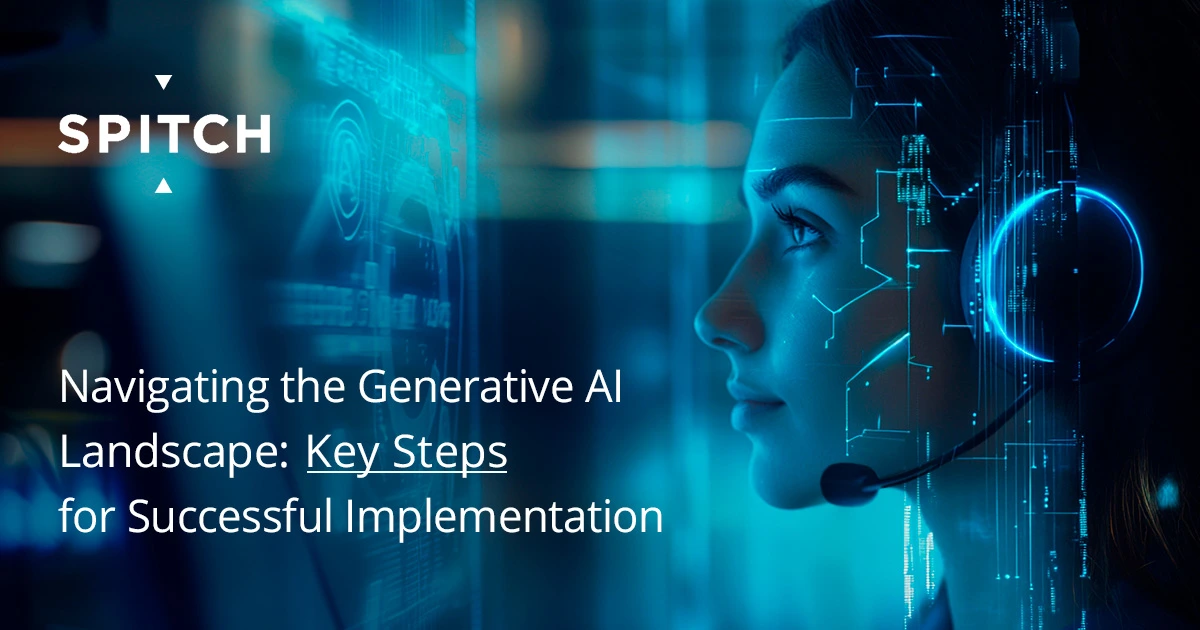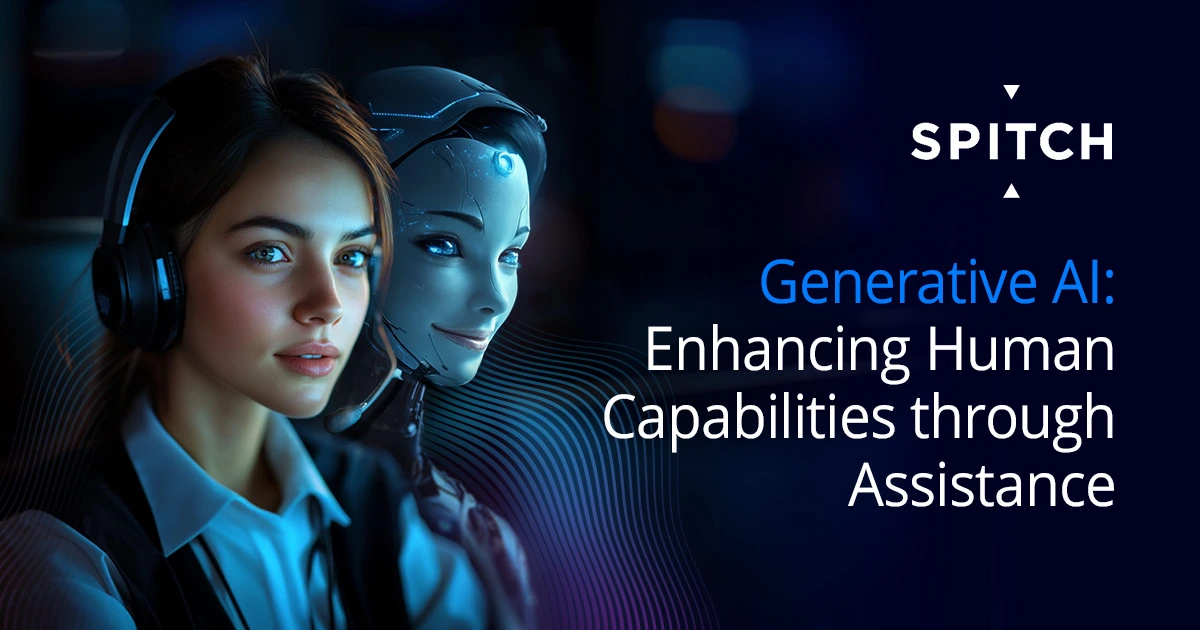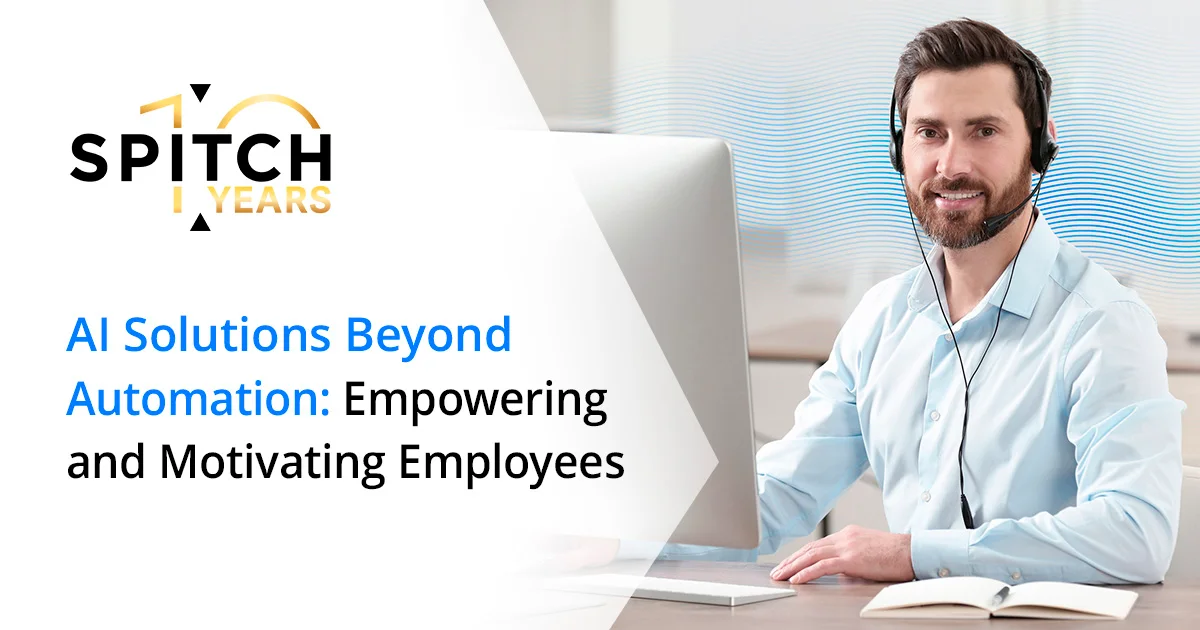Navigating the Generative AI Landscape: Key Steps for Successful Implementation

As the excitement around generative AI continues to build, recent insights from Goldman Sachs raise important questions about the technology’s economic impact. Their report, “AI: Too Much Spend, Too Little Benefit?” highlights concerns about the real-world benefits of generative AI amidst significant investments.
Daron Acemoglu, a professor at MIT who contributed to the research, estimates that only about 25% of activities suitable for AI will be economically beneficial to automate over the next decade. This suggests that the overall influence of AI on business operations may be less than 5%.
In light of these considerations, Alexey Popov, CEO of Spitch, provides valuable perspective:
“Many companies feel an imperative to adopt generative AI to stay competitive. We, at Spitch, adopt generative AI in the most ready area – contact centers, but even there the rapid advancement of these technologies often generates a sense of urgency that may not align with a clear business case or actual need. Organizations may rush into adopting AI technologies without a thorough assessment, driven by the fear of lagging behind in technological progress.”
To navigate the complexities of generative AI effectively, Spitch recommends the following five preparatory steps:
1. Identify Business Needs and Use Cases:
- Define clear objectives and problems you aim to address with generative AI.
- Assess available resources, budget, and required skills.
- Focus on realistic use cases aligned with your business goals and customer needs.
2. Explore Traditional AI Applications:
- Before diving into generative AI, familiarize yourself with traditional AI applications like machine learning and natural language processing.
- This foundational knowledge will help you understand the potential and limitations of AI technologies.
3. Develop a Data Strategy:
- Establish a robust strategy for data collection and unification.
- Ensure your data is well-structured, organized, and accessible to optimize the performance of generative AI.
- Address data quality issues, such as cleaning and normalization.
4. Assess Organizational Readiness:
- Evaluate employee engagement, technical readiness, and the impact on your organization and existing systems.
- Consider how generative AI will integrate with your current operations and systems.
5. Start Small and Monitor Performance:
- Implement generative AI on a small scale initially.
- Regularly monitor performance, make necessary adjustments, and refine your approach based on feedback and results.
By following these steps, organizations can make informed decisions about integrating generative AI, leveraging its transformative potential while mitigating associated risks.
A responsible and systematic approach is crucial for successfully harnessing the power of generative AI. At Spitch, we are committed to guiding our clients through this journey, ensuring that technology adoption aligns with strategic objectives and delivers tangible benefits.
You can also contact us at any time to learn more about Spitch conversational AI solutions.



